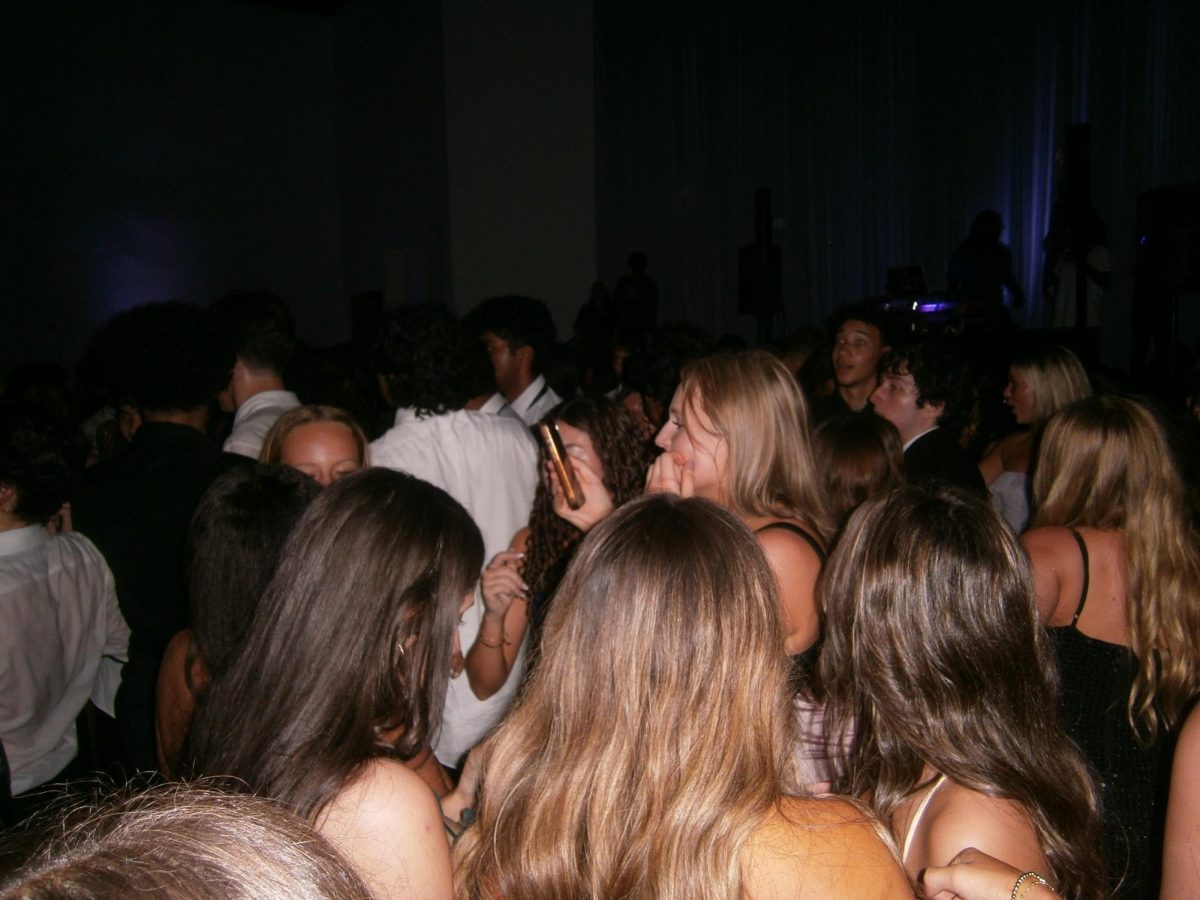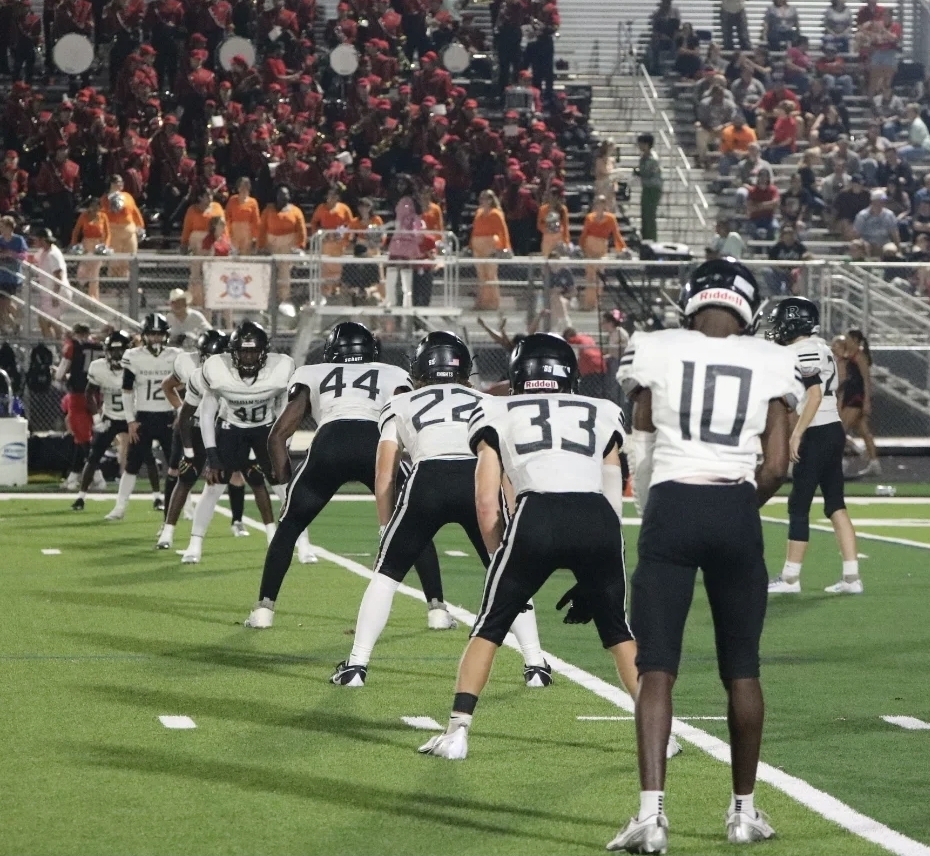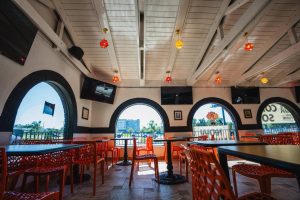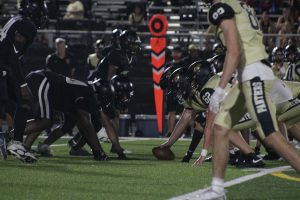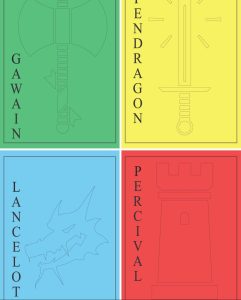AP Environmental students learn ecology hands-on with eco-columns
Photo Athena Crews
Tahj Phillips (’18) creates his eco-column in AP Environmental Science class.
October 5, 2016
For the past three weeks, AP Environmental Science students have been working and creating eco-columns in order to learn biogeochemical engineering.
“It’s an observational activity, what I hope for the students to take out of it is how both biotic and abiotic factors play a role in supporting our environment and that you can actually have a closed ecosystem,” Sarah Sanford, AP Environmental teacher, said. “The entire Earth is in fact a closed biosphere, so all of the nutrients and chemical components of life cycle through our planet over and over and over again.”
The students’ eco-columns are created using six plastic two liter bottles that make up three chambers. The top, terrestrial chamber consists of a growing radish seed that is watered, allowing it to filter out water and nitrates. The water continues down to a second chamber, the decomposition chamber, where the organic material decomposes and releases nutrients into the aquatic chamber that helps feed a beta fish.
“It’s pretty cool because I like science,” Trinity Ruggieri (’18) said. “It’s cool to have all the different chambers and stuff to learn how the ecosystem works.”
As the project teaches students the relationships between the beta fish and their environment, it also teaches them about an inevitable part of any ecosystem: death, as some of the beta fish died over the course of the experiment.
“It’s sad to know that friendly fish are dying for no reason,” Luis Estevez (’17) said. “But, it happens, it’s all part [of] nature.”
Sanford’s environmental science classes will continue to work on this observational activity for the next seven weeks, taking chemical analysis tests to trace the movements of nutrients through the ecosystems.




